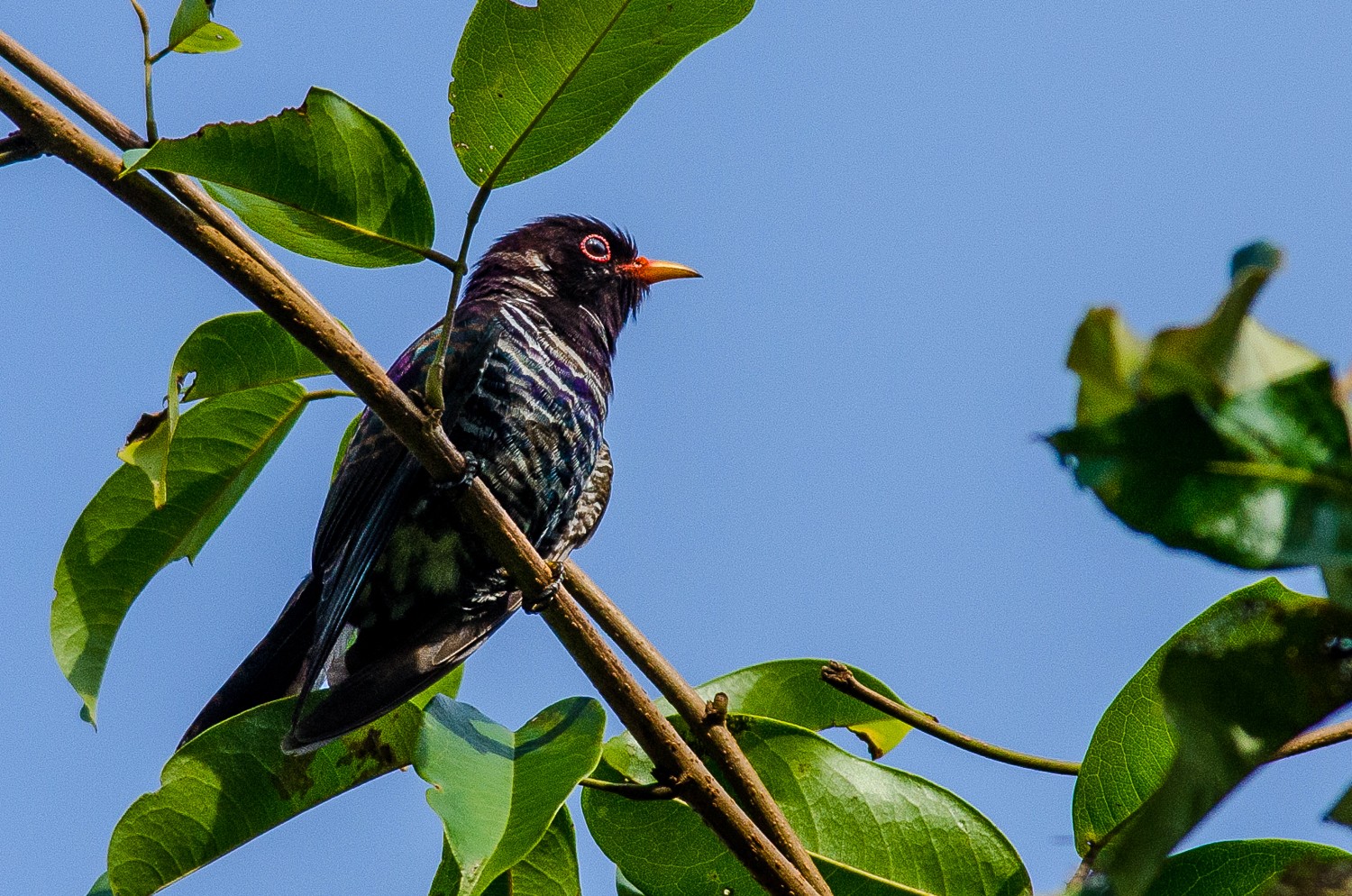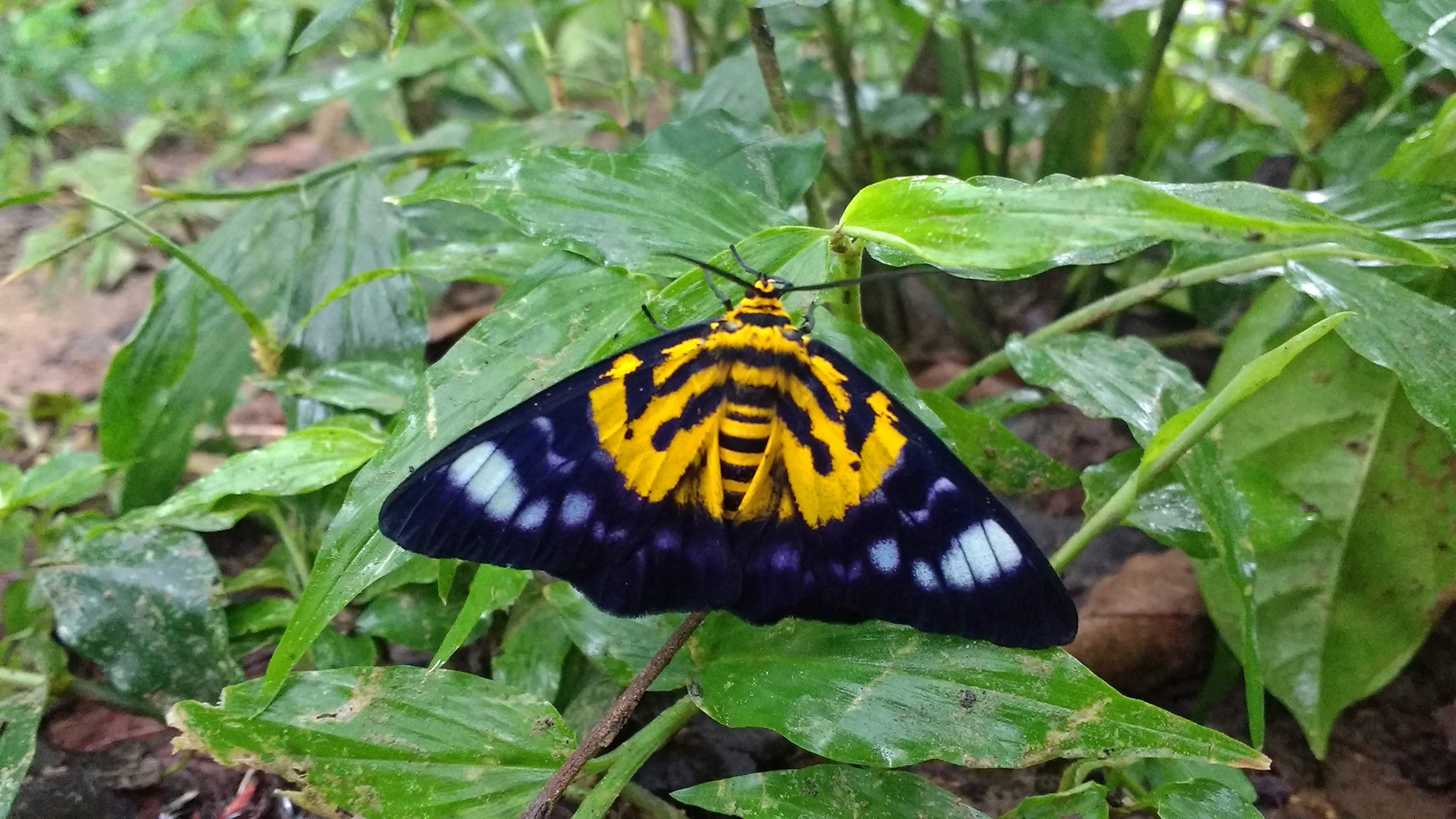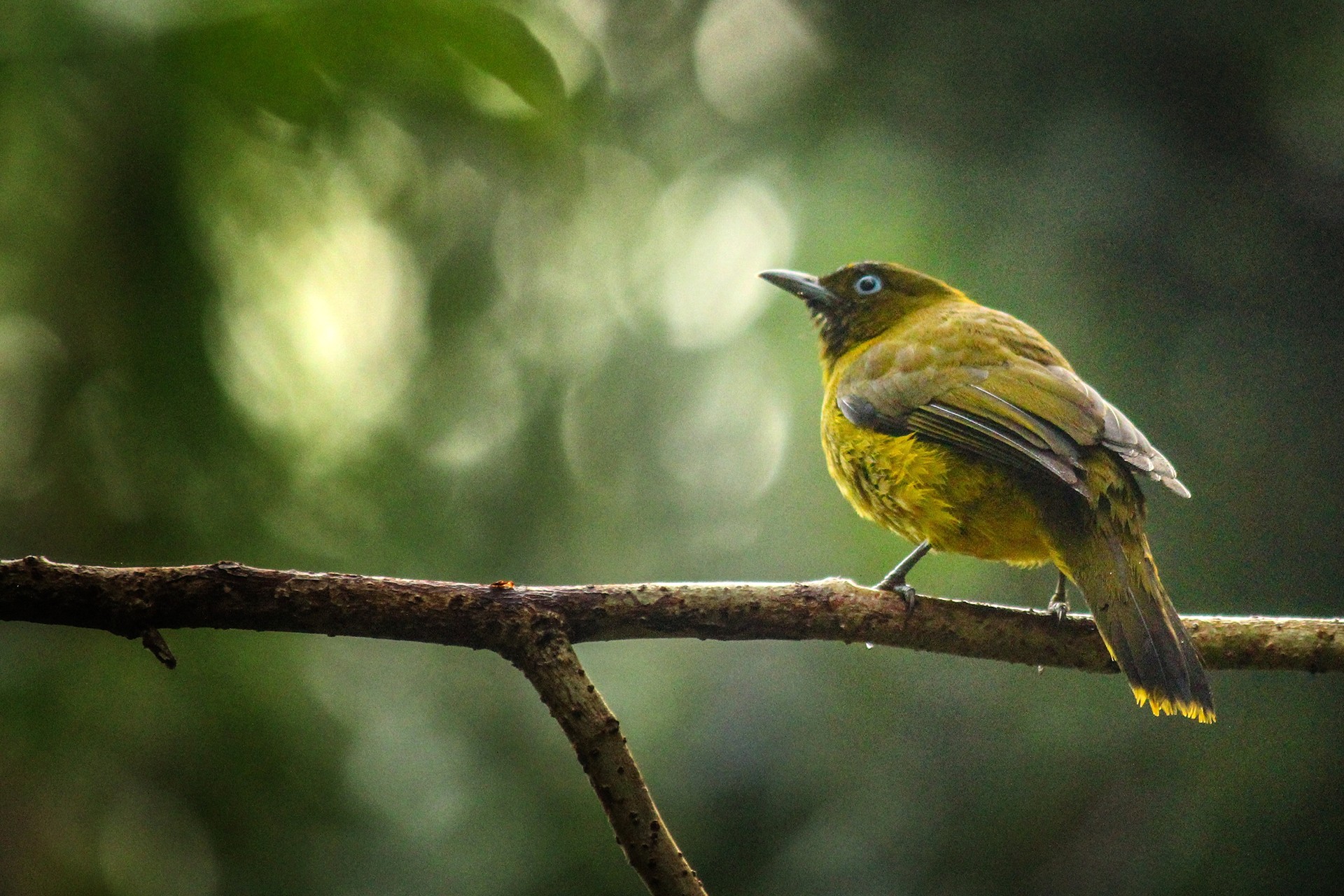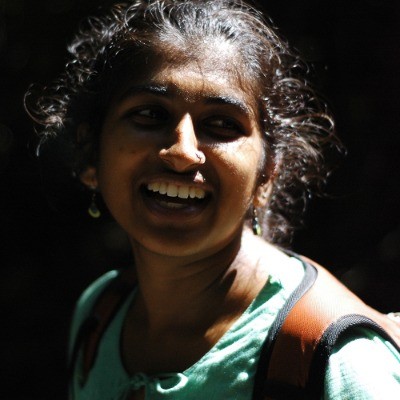This is the first in a series of articles on the Andaman Islands launched by Nature inFocus, in an attempt to showcase the natural history of these islands from the unadulterated perspective of its unique biodiversity. Each article from the series is titled with a line from J.R.R. Tolkien's Lord of the Rings poem - “All that is gold does not glitter."
If elsewhere in India the monsoons are romanticised, in the Andaman Islands, it is a time of dangerous winds, frequent power cuts and giant centipedes in every crevice. And, the incessant downpour!
A few weeks of the Andaman monsoon is enough to drive even the strong-willed insane. Three months into this weather, early September is just a lousy time.
One such September morning, a couple of researchers returned excitedly from a birding walk. They had spotted a Violet Cuckoo right next to the field station in Wandoor. Little is known about the ecology, habits and distribution of this species and excitement hung in the air along with the smell of musty clothes.
I doubled my birding efforts in the hope of a sighting. A few days later, one of my birding companions saw a small dark shape on an electric line, looked at me and nodded. It was a Violet Cuckoo – he insisted. All of us had a mental image of it burned into the backs of our retinas. It didn't look like the bird book illustration; I was not convinced. Sitting with its back to us, against the light – it looked like any small dark bird, save its orange beak.
The next moment, it swooped down to catch a black and yellow Handmaiden Moth. Sunlight lit up his brilliant violet wings, sending gasps through the small crowd, we could clearly see the violet lines cutting across its white belly. This tiny bird in traditional Kancheepuram silk colours had transformed us into a bunch of squealing schoolkids.
Plenty of birds you see commonly in the Andamans, like the Violet Cuckoo, the Black-naped Monarch and the Collared Kingfisher are beautiful shades of blue or violet. They look like regular colours, no iridescence, no funny business. And yet, you don't see these colours against the light.
On the other hand, a yellow bird like the Black-naped Oriole can be seen brightly in the darkest of canopies. Why is this so? This is the result of how these birds produce colours on their bodies.
In the animal world, there are two ways of producing colours – you either make a pigment that reflects the colour of a particular wavelength (pigment colours) or you line your feathers (or skin or shell or scales) with cells that act as tiny glass slabs and refract light (structural colours).
You are what you eat!
You may have noticed that the younglings of many birds like the Oriental Magpie Robin and the White-throated Kingfisher look duller than their adults. In fact, the juvenile Red-whiskered Bulbul does not have the characteristic red patch under its eye.
This is not just an adaptation to be inconspicuous, but inevitable since most of these colours are acquired from carotenoids in their food. These pigments make their way to the body surface to specialised cells called chromatophores. But carotenoids only produce reds, oranges and yellows – the so-called 'warm colours'.
Animal cells do not store any pigments that produce blue, green or violet colours (with very rare exceptions). Then how do animals manage to look blue or violet or any of their hundred hues? Each shade of blue or violet is produced by the refraction of light through air gaps in the cells of a specific shape and arrangement.
Circular cells in a thin row produce a different colour from cylindrical cells in staggered stacks and likewise. In fact, many of the greens you see are made by the mixing of a pigment yellow and a structural blue!
Why so blue?
Wait a minute! Almost all plants are green and everyone knows that chlorophyll is the pigment responsible for the greenness of plants. So, surely such a pigment is not biologically impossible.
Scientists are as yet puzzled by why animals don't have pigments for most colours that plants have been producing for millions of years. One hypothesis relates to the costs involved in making and maintaining these colours. Pigments are large proteins with complicated structures and are short-lived. They need to be replaced rapidly either by manufacturing them in the body or through diet.
Structural mechanisms, on the other hand, rely only on the properties of light and require very little maintenance. So, it might just be that structural colours are a newer and smarter way of looking flashy.
Although colouration is best studied in birds, there are far more interesting phenomena in the living world that deals with colour. For most tropical species like the Emerald Gecko, a beautiful neon animal found in the Andaman islands, the reasons for colour change (from charcoal grey to shades of yellow, green and blue) are anybody's guess. How they sense surroundings and make these choices has fascinated neuroscientists for some time now.
What is equally interesting is the actual cellular level mechanism that leads to smooth and rapid transitions from colour to colour, which possibly is a combination of pigment and structural colouration.
An Andaman Bulbul flits on the fig tree opposite as I type. Mostly olive green, it flashes a patch of bright yellow, flaring its tail just as it perches. It looks like a classy bit of hemming. It cocks its endemic head and looks this way with a bright white eye. All that is gold does not glitter.
To read the next story in the Andamans series click here.




